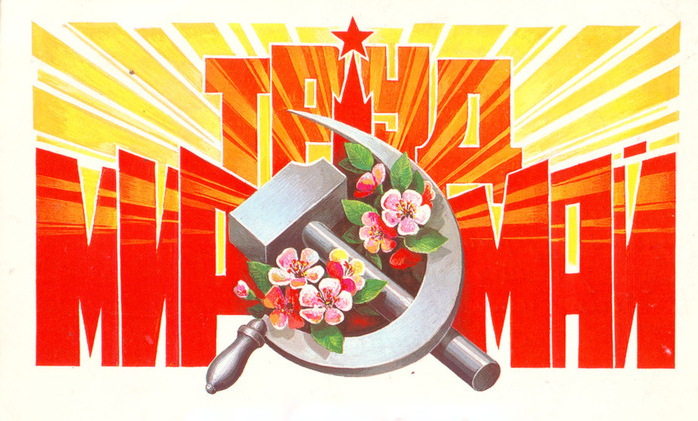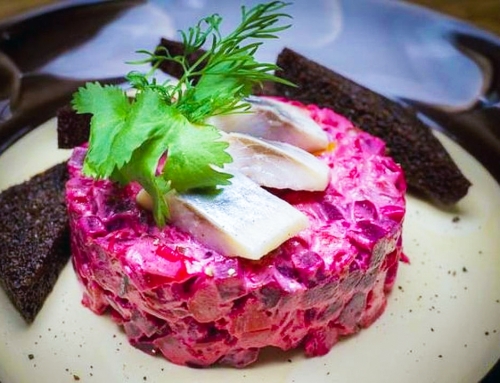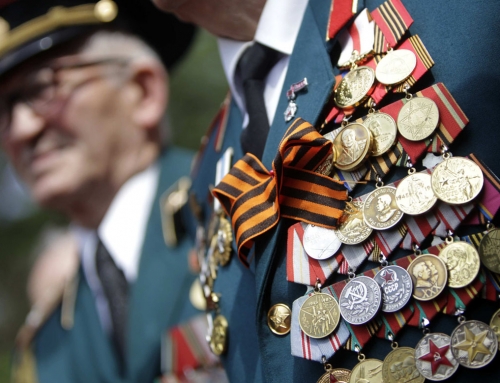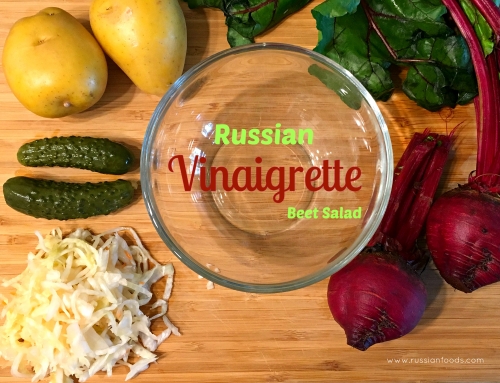May is upon us and that means longer days and warm sunshine.
In Russia, the first ten days of May have come to be known as “May Holidays” (Maiskie Prazdniki). Basically this is a time when the entire country goes on Spring break.
In the late 1800s, Russians introduced May 1st as International Solidarity of Workers Day (Labor Day).
The end of the 19th century was marked for Russia by the growth of revolutionary social movements.
Protesters began to organize their own training camp in may. They were called “may day rally”. So the first day of the last month of spring has acquired a political connotation.
In consequence, these processions became massive and spread throughout Russia. The demonstrations became regular after the February revolution in 1917.
Since May 1-st – an official day for workers to picket against unjust working conditions.

The tradition of shashlik or shish kebab on May 1-st, appeared in the Soviet Union.
At that time, students organized trips and meetings with public figures. They discussed joint plans and opinions. Various problems were solved.
Accordingly, after that, they arranged a joint leisure time, sporting events and celebrations. So cooking shashlik or shish kebab outside has become a tradition as an element of relaxation.
But yet when communism fell in the early 1990s celebrations of May 1st lost their political and became known simply as the start of Spring. Here they are, the origins of the current shashlik on May 1-st!

It is worth emphasizing that as temperatures rise after a long and cold Russian winter, people take advantage of the May Holidays to spend time together at their country cottages (dachas). Picnics with friends and family at the lake, park, and forests are often time-saved traditions. The gatherings nearly always include freshly grilled shashliki (kebobs), bonfires, alcoholic beverages and guitars.
Musically induced trips down memory lane often resonate with songs from popular artists of the 1960s, ’70s and ’80s like Viktor Tsoi, Mashina Vremeni, and of course the legendary Vladimir Vysotsky.
Most public buildings, banks, schools and universities are closed during the May Holidays to give Russians a chance to relax and soak up the sun.
We advise you to leave your home, get outside and have a barbecue “A La Rus” – shashlik with friends!
Here is recipe for delicious shashlik.

Everything from Kefir to Vinegar to Pomegranate Juice is used as the secret ingredient to make the shashlik meat flavourful and juicy. Some people like to use a food processor to puree the onions, but we advise to slice the onions.
Traditionally Russian Shashlik is cooked on a long narrow open style bbq (without wire grills), called a mangal. Metal skewers are required, called shampuri. You can’t use bamboo skewers for this meal!
Lamb is traditionally used for making Shashlik. But you can use chicken, pork or beef. You want the onion marinade to have time to marinate, so overnight is best.
So what’s the secret part of my Secret Russian Shashlik recipe?
Simply this. Use the very best cut of meat you can afford, allow to marinate with lots of onions as the acidic agent, add herbs and spices as required, and finally add water to mixture. That’s it. Let me explain.
Adding water allows for the flavours to combine together and to absorb into the meat, keeping it juicy as it cooks. Salt added to onions releases acidic juices, onions are acidic so use lots!
Don’t mask cheap cuts of meat with secret ways to make it tastier and softer, that’s the real secret. Do it right the first time. It’s really simple.
Finally sprinkle hot paprika on the shashlik as it’s cooking, for a spicy kick.
Give this Russian Shashlik Recipe a try. Quality meat, onions, spices/herbs and water.
If it feels too simple, use sparkling mineral water instead of tap water for a more believable story. But that will be our secret.
Bon Appetit!
Lamb Shashlik
Ingredients
- 2 kg lamb cut into 2″ cubes (shoulder or leg)
- 4 bay leaves ripped in half
- 4 medium onions sliced
- 2 tsp salt
- 2 tbsp oil
- 1-½ cups water
- hot paprika powder optional
Instructions
- In a large bowl, combine the lamb, sliced onions, bay leaves, salt, oil and water. Using your hands, mix them all together set aside in the fridge to marinate overnight. If in a hurry then for minimum 4 hours.
- Thread the meat pieces onto metal skewers, about 6 per skewer, with any fat positioned towards the outside of the skewer.
- Prepare the mangal. Place charcoals in the mangal, and light and allow to burn for about 30 minutes, or until the charcoal is all white. You mangal is ready.
- Place the skewers on the mangal and cook until the meat is cooked. The length of time is determined by the heat and height from the charcoal. Don’t burn your meat! Keep turning the shashlik as it cooks, so it doesn’t burn. Add hot paprika spice directly on the skewer for a spicy kick.







